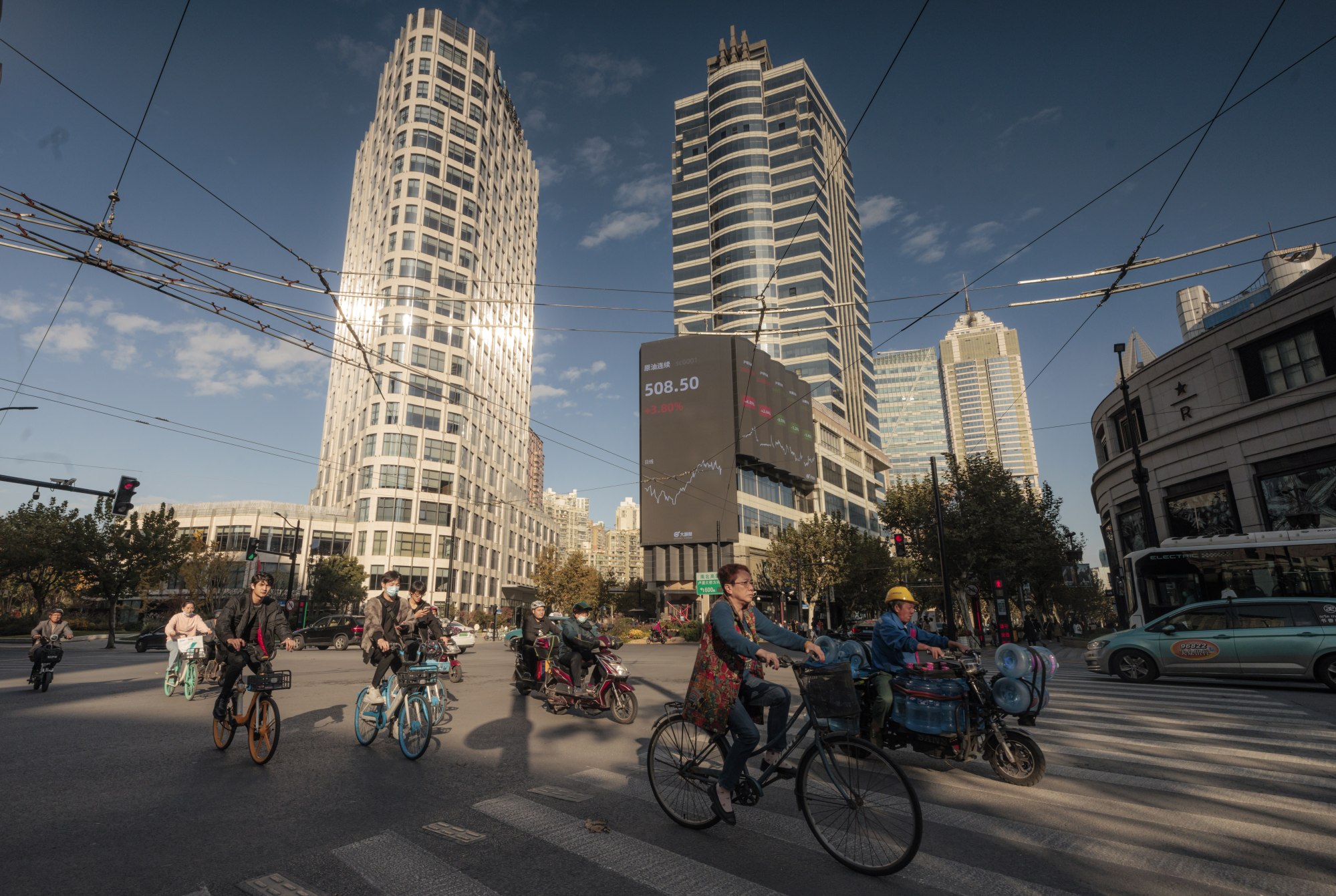
China’s equity capital market witnessing green shoots of activity after summer lull, revival is seen come September: BofA
- Equity capital market activity in China is about to see a turnaround in the second half of the year after a deal slowdown over summer, a senior Bank of America official said
- China, which accounted for 49 per cent of equity capital market deal activity in Asia-Pacific in 2020 has only contributed to 28 per cent in the year to date,
The pipeline for investment banking deals from China could start flowing once again in September as the country, which accounts for half of Asia-Pacific equity capital market (ECM), holds promise of a rebound, a senior Bank of America (BofA) official said.
“We are seeing green shoots of activity returning in the equity capital markets,” said Akshay Sawhney, co-head of Asia-Pacific equity capital markets, in an interview. “We expect a fairly active second half of the year.”
There tends to be a slowdown in deals over summer, said Sawhney, as market activity takes a breather. “From September onwards we expect the market to come back,” he added.
China, which accounted for 49 per cent of deal activity in Asia-Pacific (APAC) in 2020 and 32 per cent last year, has only contributed to 28 per cent year to date, according to Dealogic. In contrast, Japan has been a bright spot. Japan’s share in ECM volumes jumped to 27 per cent year-to-date, compared to 9 per cent last year.

“The bright spots in APAC ECM in the first half of the year have been Japan … [Japan’s] market has benefited from strong liquidity backed by a combination of international and domestic investor interest,” said Sawhney.
In the first half of the year, Japan’s weak yen, accommodative monetary policy, and robust secondary market performance, have drawn global investors and created an active environment for equity issuance, said Sawhney.
Private equity, venture capital firms eyeing China opportunities after difficult 2022
Earlier this month, the Bank of Japan revised its bond yield control policy to allow interest rates to rise more freely, which has been widely understood as a gradual move away from decades of massive monetary stimulus.
“Whilst the Hong Kong ECM market has been relatively quiet, there is a large pipeline of deals being worked on across the street. We are hopeful some of these will be able to come to market, which will ultimately depend on valuation expectations from potential issuers and investor sentiment,” said Sawhney.
The MSCI China Index trades at 11.8 times current earnings, according to Bloomberg data, compared with a five-year historical average of 14 times. The Hang Seng Index’s constituents currently trade at a multiple of 10 times historical earnings versus a recent average of 11.5.
“The market has demonstrated very clearly in the past two years that valuation can always get cheaper,” said Gary Ng, senior economist at Natixis. “China’s policy risk is the most important factor in any revival of ECM activities in Hong Kong.”
Policy stimulus could temporarily help investor sentiment but it will not be able to negate the structural shift of China moving away from a long period of growth, said Brock Silvers, chief investment officer at Kaiyuan Capital.
“Part of this attitudinal shift is due to China’s structural shift away from a long period of phenomenal growth. Lower China ECM activity is due to investors and not bankers, as investors have significantly cooled on China for now,” said Silvers.
Record youth unemployment, disappointing retail sales, industrial production and investment, as well as a property downturn has taken its toll on China’s economic recovery.
“Investors will need to see real changes in government policies to formulate the new China’s growth story and assess the downside risks,” said Ng.

